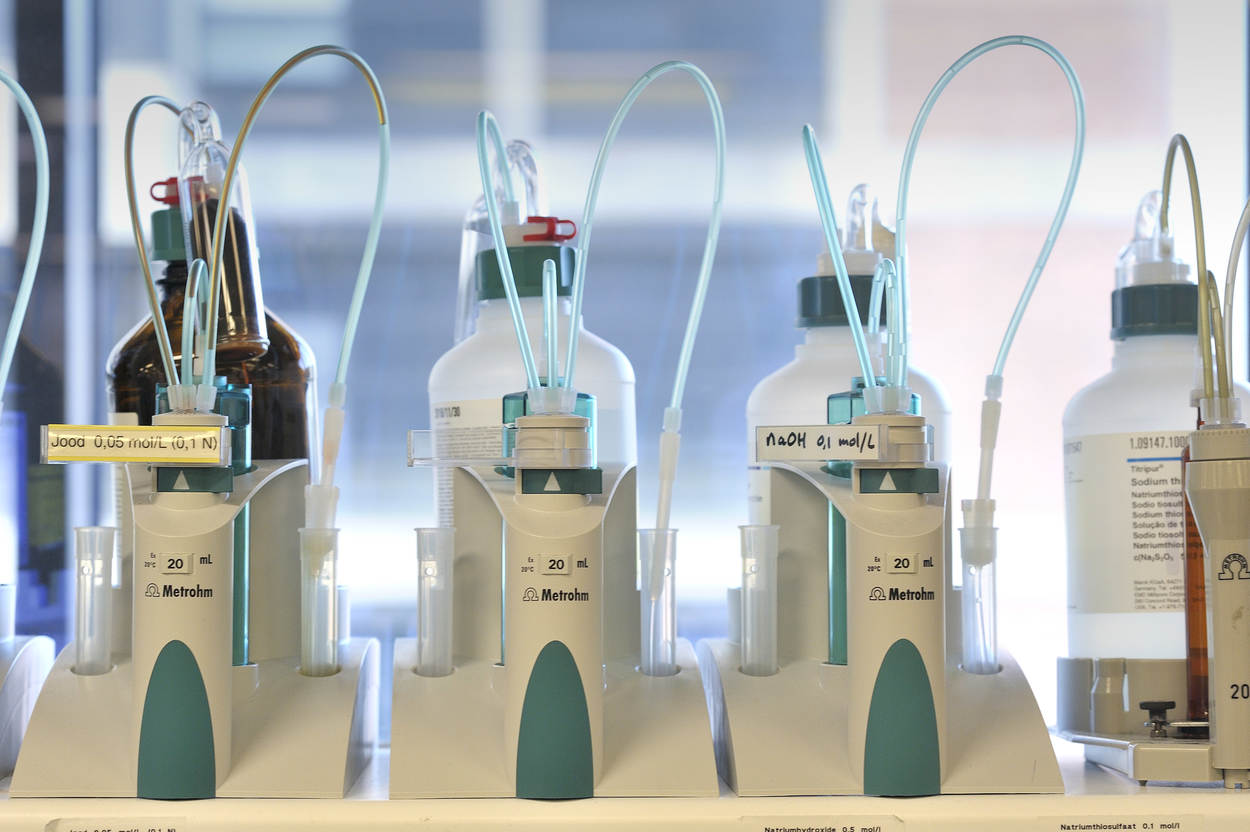
Odile van Stuijvenberg: Regulatory assessment of medicinal products with a tissue-agnostic indication
Project of Odile van Stuijvenberg, Drug Innovation student of Utrecht University. Odile van Stuijvenberg did her research internship at the Medicines Evaluation Board from September 2020 to March 2021. Her supervisors were Marjon Pasmooij, Violeta Stoyanova and Jorn Mulder.
For the past six months, I have been working on my final research project for the master Drug Innovation (Utrecht University) at the MEB. The topic of my project was the regulatory assessment of medicinal products with a so-called 'tissue-agnostic indication'.
These tissue-agnostic (TA) indications introduced a new paradigm in oncological drug-development. Where the shift from the one-size-fits-all approach to precision medicine was the result of an increased focus and recognition of the molecular variety that exists in tumours, the introduction of TA indications goes one step further and moves away from the traditional histology-based focus altogether. TA therapies are developed to treat all patients with tumours that show a specific biomarker, 'agnostic' (i.e. independent) of the tissue where the tumour is found.
The aim of my study was to explore the regulatory challenges in the assessment of TA therapies. To do so, we examined the EMA’s, FDA’s and PMDA’s final assessment reports of the three pioneering medicinal products that received regulatory approval for a TA indication: Keytruda (pembrolizumab), Vitrakvi (larotrectinib) and Rozlytrek (entrectinib). We found that the main challenges for regulators originated from the uncertainty on efficacy in underrepresented tumour types and the uncertainty about other possible drivers of disease and response.
The extremely limited size of some of these tissue-based subgroups precluded the performance of reliable subgroup analyses, which were required in order to confirm that the efficacy that was observed was indeed 'agnostic' of the tissue-of-origin of the tumour, and not driven by the results of the larger subgroups. The three agencies required an extension of the efficacy data-set prior to approval and/or in the post-marketing setting. Though these measures may address the remaining uncertainties regarding efficacy, we found that updated efficacy data during the assessment period did not resolve the issue of underrepresentation of some of the tumour types (i.e. mainly added to the larger subgroups in which the biomarker was more common). Hence, this may also remain an issue after fulfilling the post-marketing requirements.
The other concern on TA efficacy that was expressed by the agencies related to the possibility that, besides the indicated biomarker, other predictors of response could be present in some of the tumour types, precluding a TA efficacy in clinical practice. Though this concern was discussed relatively briefly in most of the assessment reports of the pioneering applications, various tissue-specific mechanisms have been identified as precluding treatment effect of biomarker-based therapies.[1][2] More attention to these potential resistance mechanisms, also in the post-marketing setting, is of importance.
In light of these findings we recommend that, in the assessment of TA therapies, regulators should increase focus on the requirement for a strong rationale on the indicated biomarkers as a sole predictor of response and a homogeneous treatment effect across all tumour types. This approach may prove to be more effective than the post-marketing enrolment of a large number of patients.
[1] Adashek, J. J., Subbiah, V., & Kurzrock, R. (2020). From Tissue-Agnostic to N-of-One Therapies:(R) Evolution of the Precision Paradigm. Trends in Cancer. 1-14
[2] Pestana, R. C., Sen, S., Hobbs, B. P., & Hong, D. S. (2020). Histology-agnostic drug development—considering issues beyond the tissue. Nature Reviews Clinical Oncology, 17(9), 555-568

Eline Engelen: Post-approval safety learning
Project of Eline Engelen, Master Pharmacy student of Utrecht University. Her research internship was a collaboration between the division of Pharmacoepidemiology and Clinical Pharmacology of Utrecht University and the Medicines Evaluation Board (CBG-MEB). Her supervisors were Lourens Bloem, Olaf Klungel, Aukje Mantel-Teeuwisse and Menno van der Elst.
Post-approval safety learning could be influenced by many factors. Regulators construct a list of safety concerns at approval to get a more directed safety learning process in the post-approval phase. Previous research found that a larger amount of post-approval patient exposure was associated with earlier detection of post-approval safety updates, but it remains unknown if it also affects the frequency of safety updates. In this study, we studied the associations between the number of safety concerns listed at approval and the amount of post-approval patient exposure with the frequency of finding regulatory actions regarding safety issues, reflecting post-approval safety learning.
Objectives
To investigate how the number of safety concerns that are listed by regulators at approval and the amount of post-approval patient exposure is associated with post-approval safety learning.
Methods
We performed a retrospective cohort study following a cohort of 40 medicinal products authorised between 2009 and 2010 in the European Union until July 2020 or withdrawal. The main outcome was the total number of regulatory actions, including safety related drug withdrawals, direct healthcare professional communications (DHPCs) and updates to the Summary of Product Characteristics (SmPC) of these drugs at the end of follow-up or until withdrawal, which reflects post-approval safety learning. The number of safety concerns at approval was counted at the time of approval and cumulative post-approval patient exposure to the drugs (in patient-years) was collected at different time intervals throughout the follow-up time until July 2020 or withdrawal. A negative binomial regression analysis model was used to study the association between the number of safety concerns at approval and post-approval patient exposure (in patient years) with the amount of safety issues and calculate the incidence rate ratios (IRRs). Adverse effects already known at approval, and amount pre-approval patient exposure in clinical trials, were also taken into the analysis as potential confounders.
Results
A total of 40 medicinal products were included in this study, for which we identified a total of 241 safety updates. The median of safety concerns at approval was 9 (IQR 7.8 – 13) and the median cumulative post-approval exposure was 136021 (IQR 19317 – 1166667) patient-years. The number of safety concerns at approval was not associated with the post-approval safety learning (aIRR = 0.99 (95% CI 0.93 – 1.05)). Post-approval exposure was found to be positively associated with the finding of safety issues (aIRR = 1.09 (95% CI 1.03 – 1.16)).
Conclusions
The results suggest that the safety concerns listed at approval do not influence the post-approval safety learning. This could be an indicator for regulators in the European Union to look at a different way to define safety concerns at approval. From our results, a positive association was found between post-approval patient exposure and post-approval safety learning. The influence of the amount of post-approval patient exposure could potentially be used by regulators as a risk management tool.









